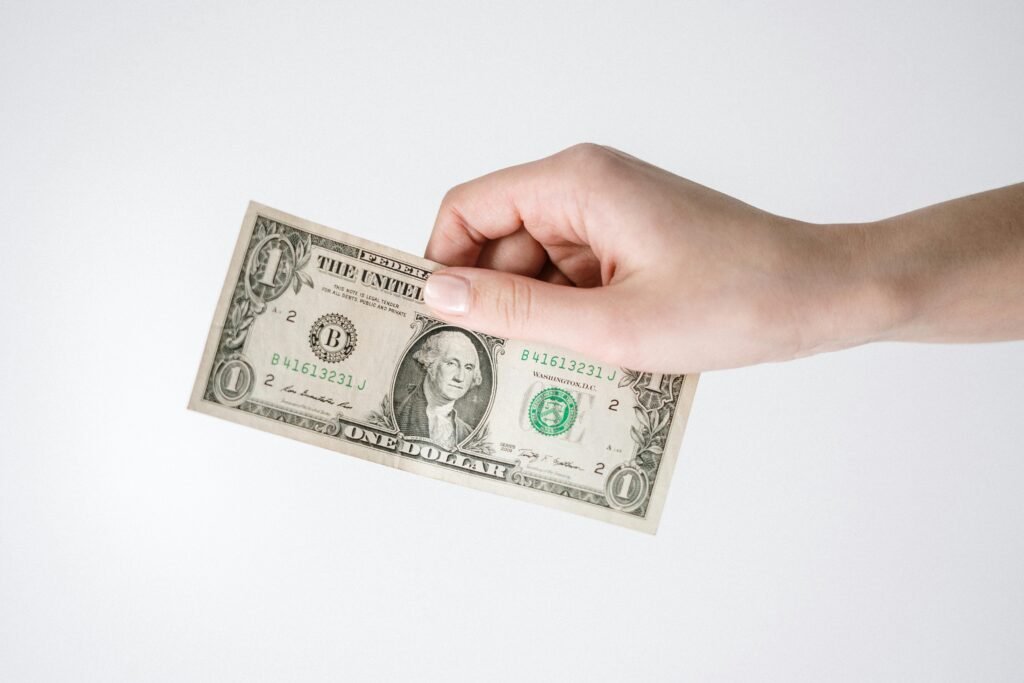Introduction
Selling handmade products is huge, and this market has grown tremendously in just the last 10 years. E-commerce platforms provide an opportunity for artisans and crafters to open up their shops from the comfort of their home and reach their products to a wide-range audience. Amazon Handmade and Etsy are two of the top platforms for sellers looking to reach buyers in the handmade category, but how do you know which one is right for your brand, etsy vs amazon?

We take apart everything you need to understand when it concerns selling hand-made products on Amazon and Etsy (fees, features, customer bases as well as growth). Let’s dive in!
Amazon Handmade Overview
What is Amazon Handmade?
Amazon Handmade is a part of the Amazon marketplace for hand-crafted goods. It was introduced in 2015 to enable artisans to sell unique products to millions of Amazon customers all over the world.
Key Features and Benefits
- Access to Amazon big customer base
- Prime shipping with Fulfilled by Amazon (FBA)
- Brand Story : Build a storefront that showcases your brand
- Great seller support
Amazon Handmade Fees
Although Amazon Handmade does not charge listing fees, it does have a 15% referral fee for each sale. Again, this percent is higher than Etsy fees but provides access to the vast Amazon marketplace and marketing tools.
Etsy Overview
What is Etsy?
Etsy is an online marketplace for buyers and sellers of handmade, vintage and craft supply products. Etsy has a long way since it came to being in 2005, providing artisans with the platform to reach out niche buyers seeking to buy unique handcrafted goods.
Key Features and Benefits
- Strong handmade platform with community driven
- Easy fee structure at economical rates
- Features to customize your store and create a brand
- Exposure to a community of buyers seeking for unique goods
Etsy Fees
Etsy charges $0.20 for a listing and 6.5% transaction fee on sale On the other hand, there is a payment processing fee that changes from country to country.
Comparing Key Features: Etsy vs Amazon
Seller Registration Process
To maintain the integrity of their handmade criteria, Amazon Handmade has a more stringent application process. However, Etsy has a much simpler registration process that lowers the barrier to entry for beginner sellers.
Product Categories
The types of categories available on these two platforms are fairly similar, yet Amazon Handmade tends to be filled with more higher-end goods while Etsy holds wider variety of products for a larger array of tastes.
Audience and Reach
No one can beat the reach of Amazon where millions of active buyers are present around the globe. Etsy has a more niche tilting towards handmade and vintage items, however.
Etsy vs Amazon: Cost and Fees

Amazon Handmade Fees
Profit margins are tight, and 15% is expensive out of the gate for a low-volume seller, but at least you’ll gain access to the big guns — in terms of tools and an audience.
Etsy Fees
The fees on Etsy are also a little less forgiving for inexperienced sellers, as you pay a flat fee to list each item and then 5% of the total cost when it sells.
Comparing Profit Margins
Etsy is usually best for sellers with low-priced items who want higher profit margins, while Amazon Handmade makes the most sense for premium-priced products.
Ease of Use
Listing Process on Amazon
Because of the thorough breakdown of product specifications, Amazon lists can take longer than other marketplaces.
Listing Process on Etsy
Etsy has a more natural and user-friendly system so you tend to be able to upload products faster.
Order Management and Order Fulfillment
Those who sign on with Amazon lose a little freedom even while the FBA program greatly simplifies fulfillment and handling, but there are costs to consider. The sellers are responsible for their own shipping on Etsy, which gives them more control over the process.
Opportunities for Marketing and Promoting
Amazon’s Tools for Sellers
We have limited branding opportunities with Amazon Handmade, but the paid advertising possibilities are unmatched.
Etsy’s Branding Opportunities
Sellers can create their unique shops and tell their stories through Etsy, which is what sets it apart from other platforms.
Advertising on Both Platforms
While both platforms provide advertising options, Etsy has more affordable ads for smaller sellers.
Customer Base Comparison
Buyer Demographics on Amazon
Not only this, but Amazon is also home to all types of customers including ones who might not want something handmade.
Buyer Demographics on Etsy
Sellers on Etsy cater only to a niche market of buyers who are searching for one-of-a-kind unique artistically inclined products.
Becoming an Amazon Handmade Seller: The Pros of Selling on Amazon Handmade
Benefits of Amazon Handmade
- Exposure to Millions of Users
- Feature with Amazon Prime
- Newer techniques and tools
Challenges of Amazon Handmade
- Higher fees
- Branding restrictions
Advantages of Selling on Etsy Disadvantages of Selling on Etsy

Benefits of Etsy
- Affordable fees
- Well-established buyer and seller community
- Ideal for smaller seller
Challenges of Etsy
- Less scalability relative to Amazon
- Competitors with similar products
Conclusion
When it comes to selling with Amazon Handmade versus Etsy, the choice is best made after considering your business goals, product type, and customer base. Amazon Handmade is more suitable for sellers who want to go global and grow, but Etsy is powerful if you are looking for a niche market that commits to artisan growth.
Here is another content about How to get your first 100 customers.
